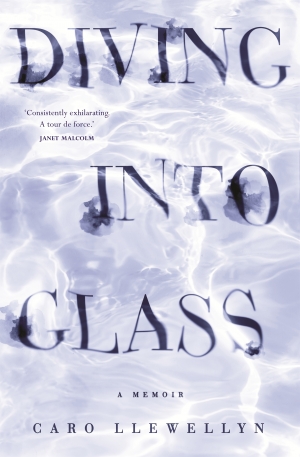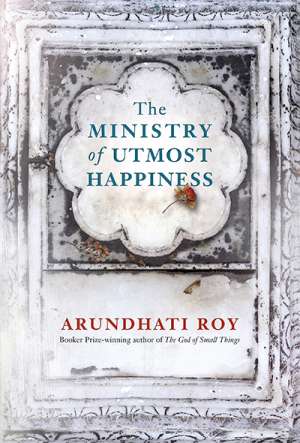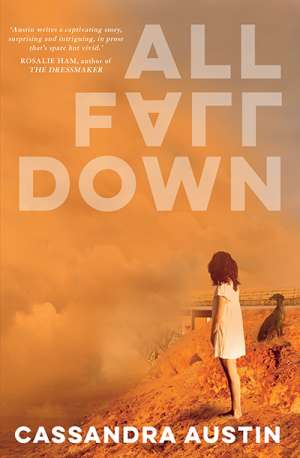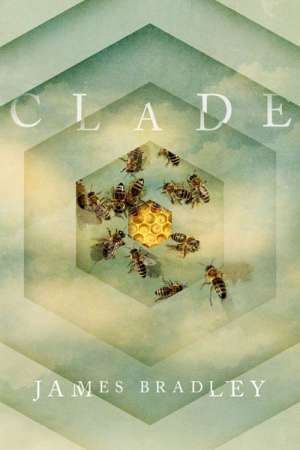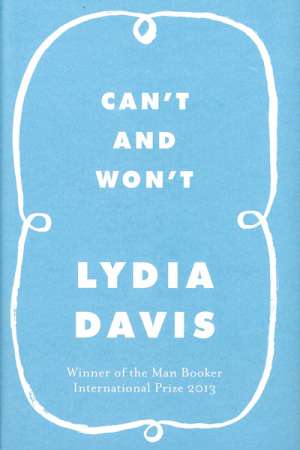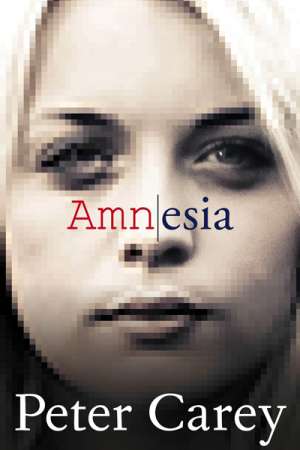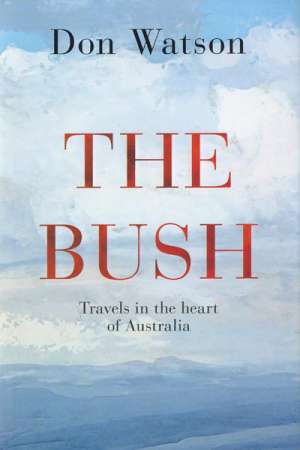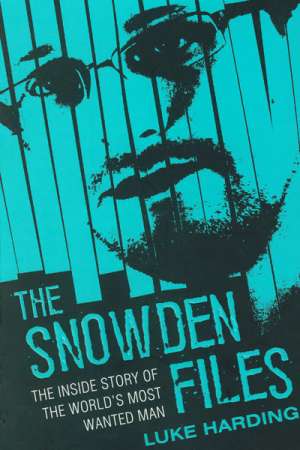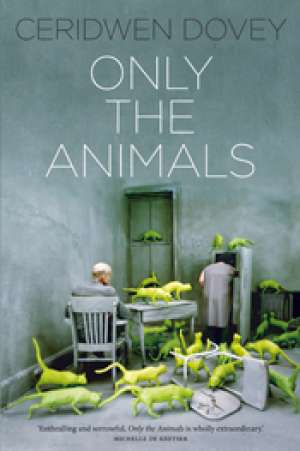Hamish Hamilton
Astrid Edwards reviews Diving into Glass: A memoir by Caro Llewellyn
Memoirs of illness are tricky. The raw material is often compelling: dramatic symptoms, embarrassing public moments, and unavoidable relationship pressures. The challenge is to share that raw material in a new way. Not every memoir needs to turn on the conceit that illness is an obstacle that must be overcome ...
... (read more)Fusion is the fiction début from the author of the acclaimed Madness: A memoir (2013). It draws on Australian gothic and older gothic traditions. With the meditative possibilities of walking alpine ranges, it also portrays claustrophobia and compulsion. Its drama centres on a small and wounded cast ...
... (read more)Kerryn Goldsworthy reviews 'The Ministry of Utmost Happiness' by Arundhati Roy
Arundhati Roy’s first and only other novel was The God of Small Things (1997). It attracted an advance of half a million pounds; publishing rights were sold in twenty-one countries; and it won the 1997 Booker Prize, as it was then called. Since then it has sold six million copies and has been translated into forty languages. In the interval, Roy has been prolific in her non-fiction and fearless in her political activism.
... (read more)Benjamin Chandler reviews 'All Fall Down' by Cassandra Austin
The collapse of a bridge is the catalyst in Cassandra Austin’s All Fall Down, isolating the small town of Mululuk in true Australian gothic fashion ...
... (read more)Set in an unsettlingly convincing near future, James Bradley’s fourth novel, Clade, opens with climate scientist Adam Leith walking along an Antarctic coastline reflecting on the state of the world and on his relationship with his partner, Ellie. After six years together, their relationship is under pressure as Ellie undergoes fertility treatment. Adam is ambivalent about bringing a child into a world that he has recently conceded to himself is ‘on a collision course with disaster’, while Ellie is fiercely determined to do so. Now, as the ground both literally and metaphorically shifts beneath Adam’s feet, he waits for Ellie to call him with the results of her latest round of treatment.
... (read more)Reading Lydia Davis’s stories is akin to getting new glasses – or glasses for the first time. Suddenly the world shifts into sharp, bright focus. Disturbing. Disorienting. What you see, or understand, won’t necessarily gladden your heart. It may pique it, but you may not want to be brought so close to life, to the poignancy of it all. Not at first, anyway.
Davis seems to think so too. Or she plays at thinking so. ‘Oh, we writers may think we invent too much – but reality is worse every time!’ she says, at the end of a perfect fourteen-line narrative (called ‘The Funeral’) translated from Flaubert.
... (read more)Peter Carey’s new novel, Amnesia, is an odd-shaped – but not misshaped – tale about power and, more particularly, resistance to power. When the veteran leftist journalist Felix Moore writes the story of Gaby Baillieux, a young Australian cyber-activist, he finds himself, like Gaby, a fugitive. As if by magic, Gaby has unlocked Australian and US prison doors; it is Felix’s job, when he’s not guzzling red wine, to make her likeable enough to avoid extradition. But Felix has an independent agenda: using hours of tape recordings made by Gaby and her famous mother, Celine, he fashions his own version of Gaby’s life, taking the sort of liberties you might expect from a journalist with a penchant for writing failed novels and attracting libel writs.
... (read more)Frank Bongiorno reviews 'The Bush: Travels in the heart of Australia' by Don Watson
Late in 1986, the Australian Bicentennial Authority took sixty celebrities off to Uluru to make the television advertisement containing the jingle ‘Celebration of a Nation’. Just as the shoot finished, a heavy storm broke, prompting the stars to run for cover. ‘Oh, darling,’ cried Jeanne Little, a popular television personality at the time. ‘The real Australia’s quite frightening, isn’t it?’
... (read more)James Der Derian reviews 'The Snowden Files: The Inside Story of the World’s Most Wanted Man' by Luke Harding and 'No Place to Hide: Edward Snowden, the NSA and the Surveillance State' by Glenn Greenwald
1984 is back. George Orwell’s nightmare vision of governmental surveillance, secrecy, and deception clearly resonates with the revelations first leaked to the Guardian by former National Security Agency (NSA) contractor Edward Snowden. Indeed, it is practically impossible to find an account of the Snowden affair without at least one ‘Orwellian’ adjective dropped into the mix. Sometimes it comes qualified: Justice Richard J. Leon, District Court Judge for the District of Columbia ruling in December 2013 that the bulk collection of US mobile phone records was probably unconstitutional, called the NSA program ‘almost Orwellian’. This decision is currently under appeal.
... (read more)One of the animal narrators in Ceridwen Dovey’s Only the Animals, a dolphin named Sprout who is writing to Sylvia Plath, quotes Nobel Prize-winner Elias Canetti: ‘whenever you observe an animal closely, you feel as if a human being sitting inside were making fun of you.’ The ten animal souls whose thematically interwoven stories Dovey recounts do not simply ‘make fun’ of humans (far from it), but Canetti’s image of the ‘human sitting inside’ nevertheless provides an apposite introduction to Dovey’s project as a whole. Here each animal protagonist is an unashamedly literary, anthropomorphised invention, with physical and behavioural characteristics of its species grafted on in service to its creator’s startlingly original and imaginative design.
... (read more)
